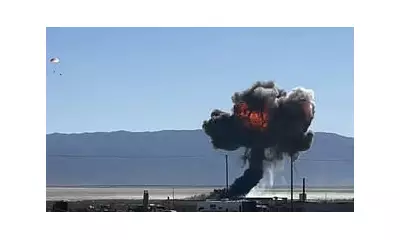
Tensions reached boiling point in New York City's historic Chinatown district as residents and activists took to the streets in furious protest against recent Immigration and Customs Enforcement (ICE) operations.
The vibrant Manhattan neighbourhood became the scene of heated confrontations between demonstrators and law enforcement officials, with crowds gathering to voice their outrage at what many are calling aggressive and disruptive immigration raids.
Community Stands Firm Against Enforcement Actions
Local business owners, residents, and advocacy groups united in a powerful display of solidarity, forming human chains and chanting slogans condemning the federal agency's tactics. The normally bustling streets filled with the sounds of protest rather than their usual commercial hum.
Eyewitnesses described scenes of confusion and distress as ICE vehicles moved through the area, with community members quickly mobilising to document the operations and offer support to those potentially affected.
Growing Tensions Over Immigration Policy
These latest enforcement actions come amid ongoing national debates about immigration policy and enforcement methods. The Chinatown community, with its rich immigrant history, has become a flashpoint in this broader political struggle.
Community leaders have expressed deep concern about the psychological impact of such operations on residents, particularly elderly community members and children who witnessed the confrontations.
Local advocacy groups are calling for immediate dialogue with city officials and demanding greater transparency about the scope and frequency of future enforcement actions in immigrant-dense neighbourhoods.
A Pattern of Resistance
This isn't the first time New York's immigrant communities have organised against perceived immigration enforcement overreach. However, participants noted that the scale and intensity of today's response reflects growing frustration with current policies.
The protests remained largely peaceful, though marked by raw emotion and determined resistance from a community that feels increasingly under threat.





